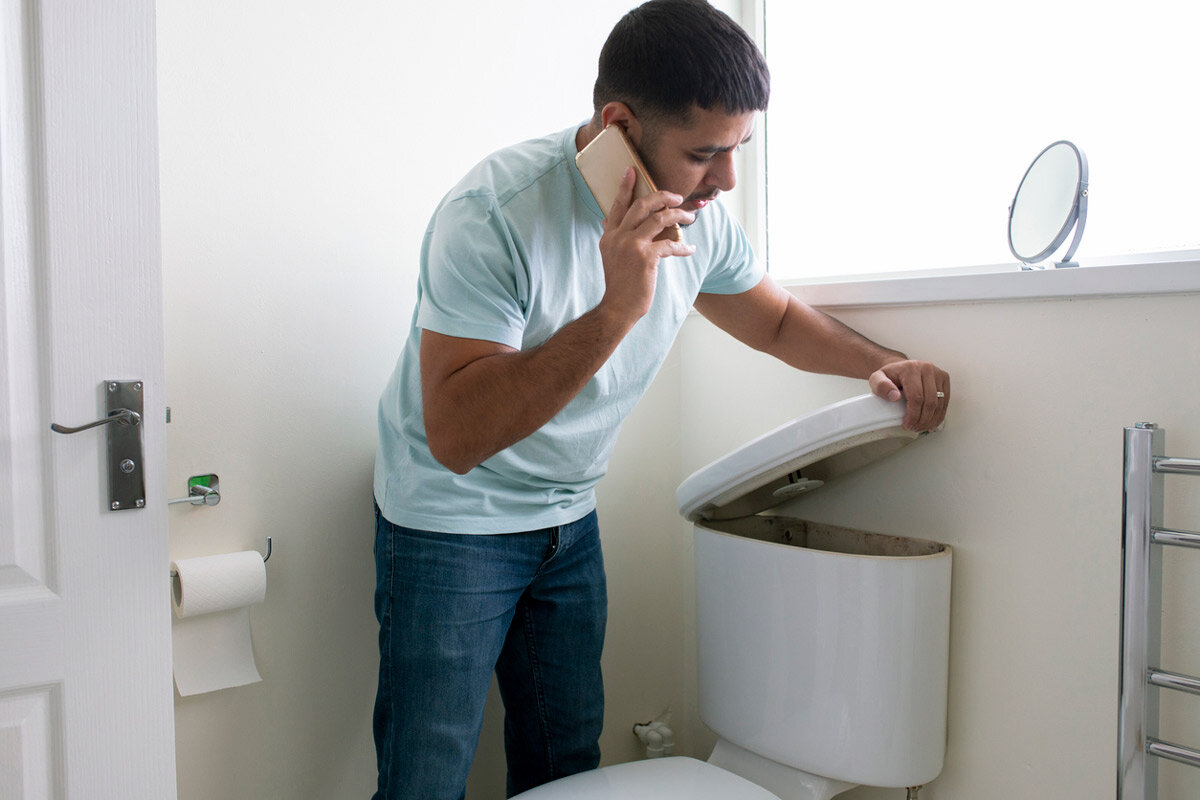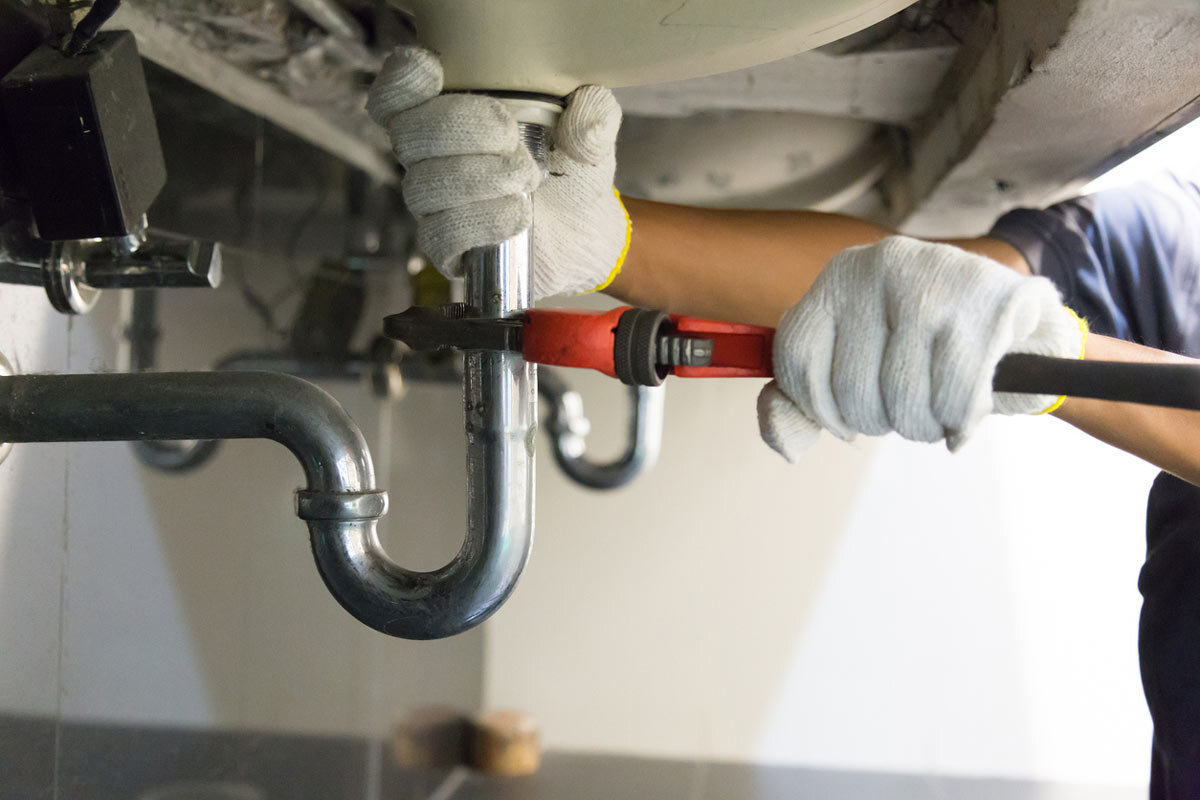Have you ever noticed that certain things always seem to go wrong with your plumbing in the summer? It's not your imagination. Summertime is when a number of common plumbing issues are most likely to occur. Here are a few common plumbing issues you might encounter and how you can prevent them.
Clogs
Since your kids are home from school during the day, your toilets will likely get flushed more often. More flushes means more chances for clogs. Most of these can be fixed with a plunger, but avoiding using too much toilet paper or flushing foreign objects to begin with will help reduce the risk of clogs in general.
Your disposal may become clogged, too, due to food prep for picnics, barbecues, pool parties, and other events. Things like watermelons, corn, cherries, and peaches are all great summer foods, but the rinds, cobs, and pits are bad for the disposal and will damage it. Instead of pouring these hard food scraps down the sink, try starting a compost pile.
You may notice your shower draining slowly, particularly after a day at the beach. After coming home covered in sand and dirt, the debris gets rinsed off and goes down the drain. If this happens, don't pour chemical drain cleaner down the shower drain. Instead, get a snake or call a plumber. To prevent this in the first place, be sure to rinse off thoroughly before coming home.
Other Common Plumbing Issues
Your laundry loads are also likely to be bigger in the summer months. Too much stress on your washing machine can make the hose spring a leak. To keep from overworking your machine, avoid putting too many clothes in a single load. Also, pull the washing machine a few inches from the wall to prevent kinks in the hose.
Finally, pay attention to your sprinklers, as they see more use in hotter weather. Call your plumber to inspect the sprinkler heads, give them a cleaning, and make sure they're leak-free and in good condition.
For help dealing with common plumbing issues this summer and throughout the year, contact us at Air Assurance. We provide quality home-comfort solutions to Broken Arrow.




















